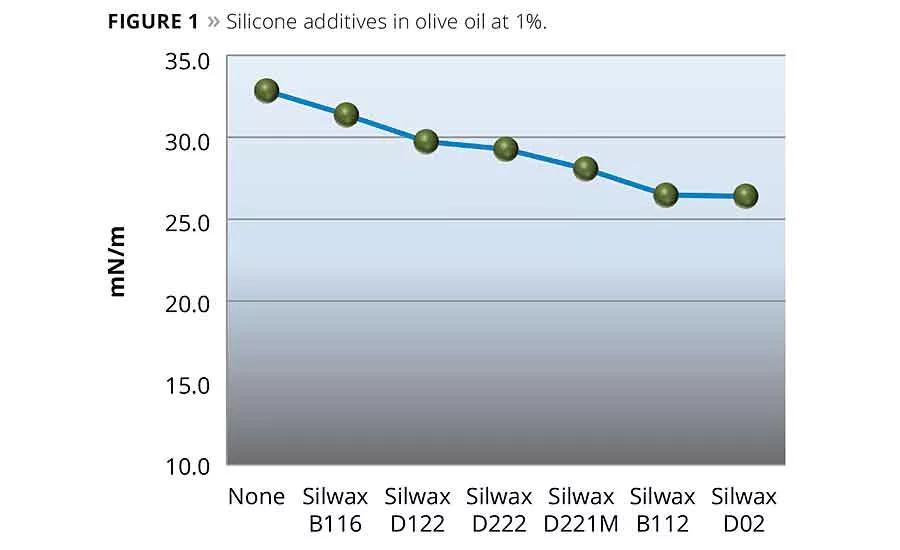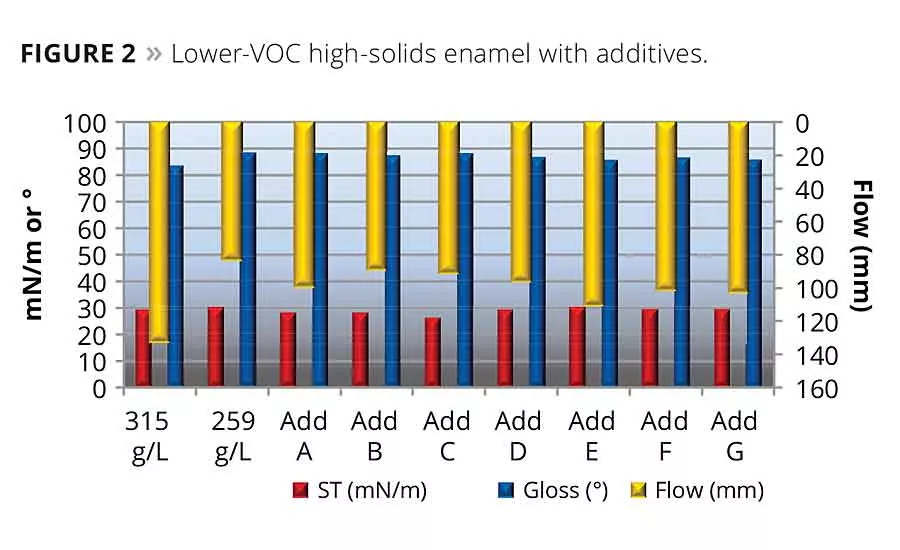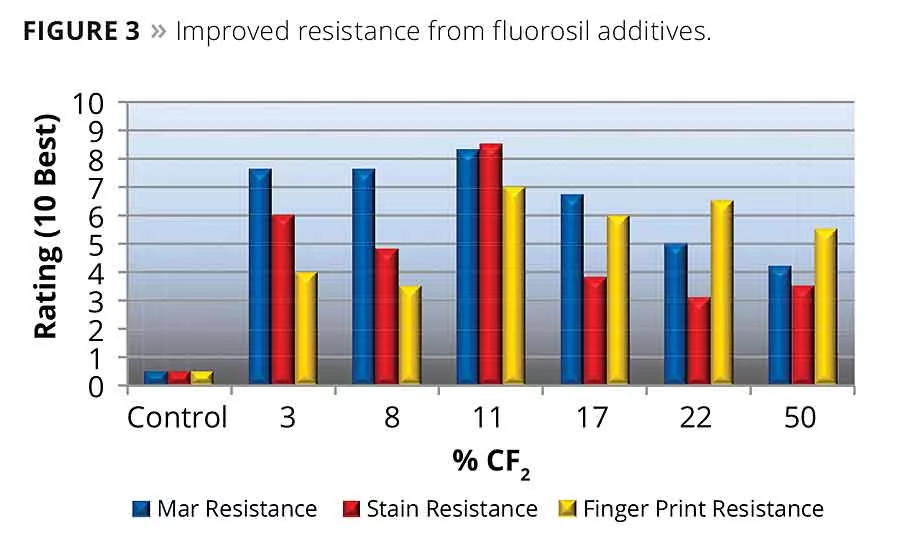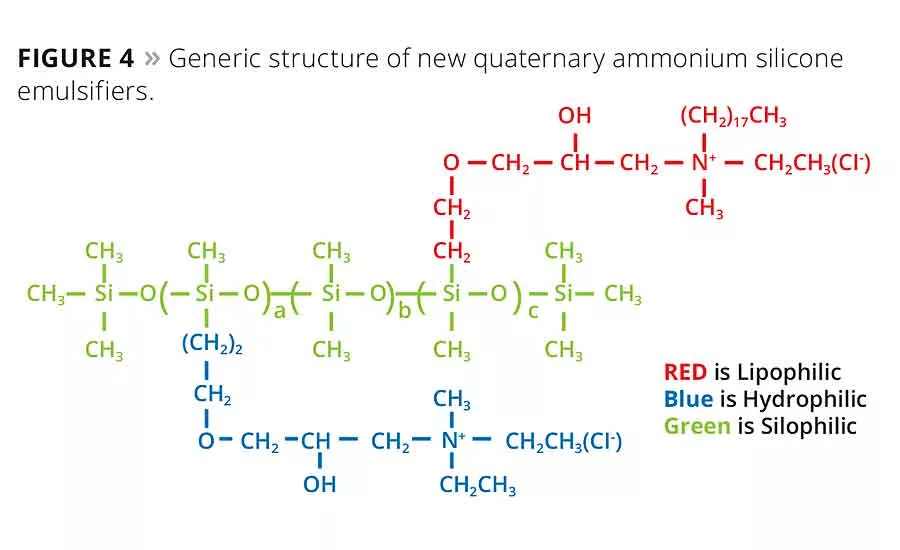Regulation-Driven Innovation










Regulation and innovation are not words we generally associate with one another, especially when considering the interaction between governmental agencies and the coatings industry. And there is always robust debate about whether regulatory organizations are regulating too much or too little, depending on one’s point of view.1 However, it is difficult to argue that regulatory changes and trends do not significantly influence both the products developed and a great deal of innovation in coatings formulations and their applications. When confronted with the challenges that regulatory changes present, the English proverb “necessity is the mother of invention” certainly seems appropriate.2
This article provides a review of some of the most relevant regulatory changes and trends in the silicone industry, demonstrating how research and development (R&D) efforts have risen to the challenges that these new regulatory demands have presented. Improvements and solutions that positively impact human and environmental health and safety have clearly been driven by regulatory mandates, and will undoubtedly continue to influence R&D and innovation into the future.
Green Chemistry, Labeling and Technology Transparency
“Green” or “sustainable” chemistry are terms that have been used since the early part of this century.3 To some extent, green has come to be associated with nonpetroleum, naturally derived materials. While there is clearly consumer and market interest in these types of products, successful chemistries are still expected to perform well in given applications, and achieving any premium pricing for these products is often challenging.
The green trend has led to the creation of a number of voluntary eco-labeling initiatives typically driven by nongovernmental organizations, industry trade groups and other third-party agencies. Some of these include Nordic Ecolabel (Swan),4 EPA Design for Environment5 and Energy Star,6 as well as Green Seal.7 Other end-use-driven labeling requirements and specifications, such as those set forth by Nestle, further push the inks and coatings industries to provide transparency about the chemistry used in additive technologies. While these do not usually carry the force of law, they are encouraged by regulatory agencies as earlier progenitors of regulations. There must be diligence to avoid “green washing,” which is the tendency for some organizations to exaggerate and “spin” environmental claims beyond their true benefits. Nonetheless, these eco-labeling initiative labels do afford the end user with transparency and consistent information regarding compliance to labeling guidelines.8
Many coatings innovations have been invented to create products that utilize natural feedstocks. There are a myriad of examples of solvents and resins based on plant derivatives. However, additives have provided a greater challenge. Coatings additives are generally petroleum-, fluorocarbon- or silicone-based. The purpose of this article is to highlight a number of examples in the silicone field.
Silicone Polymers and Natural Oils
To try to reduce the dependency on petroleum-based additives, Siltech Corp. has produced silicone copolymers based on castor oil, essential oils and alpha olefins. This enables the increased use of botanically derived materials in formulations. An example is shown in Figure 1. In this case, alpha-olefin-modified silicones have been utilized to reduce the surface tension of olive oil from 33 to 26 mN/m. The lower surface tension of the natural oil imparts a soft feel and improved wetting properties, while involving a high percentage of natural components. The same approach works with nut, safflower, sunflower and Crambe oils.9
VOCs and Emissions
Regulations related to VOCs and emissions have been particularly impactful to the coatings industry, due to the way in which these products were historically formulated and applied. These regulations are directed at improving air quality, and are not only complex but also differ from region to region.10
The changes required to develop compliant coatings have required numerous innovations that address the inherent challenges of creating products that are water-based or contain very low or no solvent. For example, silicones and other types of polymeric additives have been successfully used to overcome wetting and rheological hurdles.11
From that reference, Figure 2 shows an example where the amount of solvent in a high-solids alkyd enamel is reduced from 315 g/L to 259 g/L, a decrease of about 20%. This causes flow to decrease as expected, although gloss increases somewhat (defects as well). Then, as various alpha-olefin-modified silicones are introduced, it can be observed that the properties are gradually re-introduced too. For example, with Additive E, similar levels of gloss, flow and surface tension are obtained as with the original 315 g/L enamel.
Volatile cyclic silicones and other exempt solvents have also found utility in formulating VOC and emission-compliant coatings.12 A range of additives and new formulations has improved pot life and open time, which has been another challenge of low-VOC and high-solid coatings.
Certain volatile silicones such as cyclomethyltetrasiloxane (D4) and cyclomethylpentasiloxane (D5) are classified as exempt or non-HAP (hazardous air polluting) solvents by the California Air Resource Board. But there have been concerns in Canada and some Eurozone countries about the environmental fate and/or toxicity of some of these types of materials. This has caused some to consider limitations in the D4 and D5 content within their formulations. Although few current regulations require these limitations, and despite the fact that the scientific evidence exonerates the chemicals,13 some companies have responded by providing technical capabilities that enable ultralow volatile silicone content to address market needs. For example, Siltech has installed a Wiped Film Evaporator to drive the content of these volatile silicones to fractions of a percent. The benefit is that customers who utilize these building blocks with ultralow volatile silicone content can benefit from the advantage in their end-user formulations. This is a case where public perception, driven by regulatory actions and debate, have driven innovation.
Polymers Containing Fluorine
PFOA is an acronym for perfluorooctanoic acid, a chemical that is used to make fluoropolymers, substances with particular properties used especially in coatings applications to impart soil, stain, chemical and water resistance. However, this material and the related intermediate PFOS (sulphonic acid derivative) have been under scrutiny due to concerns about persistency in the environment. Both are the subject of an EPA Enforceable Consent Agreement.14
Efforts to replace the C8-containing PFOA and PFOS have encouraged the renewed development of polymers based on C6 and lower. For example, Siltech has utilized the more favorable lower-chain-length fluoroalkyls in the synthesis of a new class of fluorosilicone copolymers. Indeed, Siltech fluorosilicones now contains 99% C3.
Furthermore, synergies have been observed that enable an even lower level of fluorine in many applications.15 In the results shown in Figure 3, 1% of various fluorosilicone additives in a UV-cured epoxy resin formula show that, for stain, fingerprint and mar resistance, performance ratings are not a simple function of CF2 content in the additive. This could indicate that there is a favorable interaction between the silicone and fluoroalkyl polymers. This synergy allows for the environmentally troubling (and expensive) fluoroalkyl component to be minimized in the molecular design.
Metals and Catalysts
The coatings industry has been challenged by the need to replace cobalt and chromates.16 Furthermore, tri-substituted organo stannic compounds such as tributyltin and triphenyltin compounds have been outlawed since July 1, 2010, in articles where the concentration in the article, or part thereof, is greater than the equivalent of 0.1% by weight of tin, according to a European Commission Decision.17
In order to comply with these rulings, Siltech is actively developing systems cured with titanium or zirconium and other catalysts. Siltech has also developed systems that don’t need to be catalyzed at all.
Water-Based Formulations and Emulsifiers
EU and Canadian regulations have driven nonylphenol ethoxylate (NPE)-free emulsions, now becoming law in the United States as well.18 Being a Canadian manufacturer, Siltech has never used NPE emulsifiers and relies upon linear alcohol ethoxylates and silicone emulsifiers to stabilize our emulsions.
However, there is also a market driver for allyl-ethoxy-late-free surfactants, due to the believed toxicity of these materials. This extends into the field of polymeric silicone-based non-ethoxylate hydrophiles. In order to address this need, Siltech has recently developed a series of quaternary ammonium silicone emulsifiers that have no EO groups at all. These materials are excellent emulsifiers, are EO/APEO-free and multifunctional. The generic structure is shown in Figure 4, although many variants with differing hydrophilic-lipophilic balances are also possible.
Biocides
Biocides are implicated in a variety of human maladies, and some have been limited or ruled out, particularly in the EU.19, 20 Therefore, regulation is driving the replacement of chemicals such as parabens and formaldehyde donor-based preservatives.
This has encouraged the use of pH control and alternative bio-stats whenever possible. For example, we are exploring the possibility that the quaternary emulsifiers mentioned above control bacterial growth as well. The inherent biological activity of materials used to control and inhibit microbial growth offers some unique challenges in innovating new options for protecting emulsion products.
Conclusion
History has demonstrated that the coatings industry can effectively rise to the challenges of regulatory change. While there may be a tendency to bemoan increased regulations, one can also reflect on the innovation that has been achieved as a result of these perceived and actual constraints. Consumers and governmental agencies will undoubtedly continue to demand products and technology that further reduce risk, and improve health and safety. Increasing transparency, partnerships and collaboration between companies, industry and regulatory agencies can help the chemical industry to rise to the challenges, while simultaneously leading to continued innovation.
References
1 McCarthy, J.E.; Copeland, C. EPA Regulations: Too Much, Too Little or On Track? Congressional Research Service, July 2014.
2 English proverb traced to a quote from Ancient Philosopher Plato.
3 Anastas, P.T.; Zimmerman, J.B. Design through the Twelve Principles of Green Engineering, Env. Sci. Tech. 2003, 37(5), 94A-101A.
4 http://www.nordic-ecolabel.org/
5 http://www.epa.gov/sustainability/analytics/epa-design.html
6 https://www.energystar.gov/
7 http://www.greenseal.org/
8 Zimmerman, G. Don’t Get Overwhelmed by Eco-Labels, Facilities.net, June 2011.
9 Seung-Tong Cheung,T.; Ruckle, R. Silicone additives to Increase Solids and Lower VOC’s in Solvent Borne Systems; Proceedings of the Waterborne Symposium, 2012.
10 Cogar, J. Puzzled by Global VOC and Emission Standards in Architectural Paints? Paint & Coatings Industry, January 2015.
11 Seung-Tong Cheung, T.; Vrckovnik, R.; Ruckle, R. Silicone Additives for High Solids and Low VOC Coatings, Paint & Coatings Industry, September 2012.
12 Formulation Strategies using Exempt Solvents: Latest Developments, Paint & Coatings Industry, July 2000.
13 http://sehsc.americanchemistry.com/Research-Science-Health-and-Safety
14 http://www.epa.gov/oppt/pfoa/
15 Seung-Tong Cheung, T.; Ruckle, R.; Vrckovnik, R.; Wilkowski, S. Incorporation of Reactive and Non-Reactive Fluoro-Silicones into Various Coatings Films and the Resulting Properties, PCI Webinar, January 2015.
16 Holland, R.; Alderson, T. Cobalt Free Technology for Trivalent Chromates on Zinc Plating, SUR/FIN 2010.
17 http://ec.europa.eu/health/scientific_committees/environmental_risks/opinions/sctee/sct_out26_en.htm
18 http://www.epa.gov/oppt/existingchemicals/pubs/actionplans/np-npe.html
19 Commission Regulation (EU) No 358/2014
20 http://ec.europa.eu/consumers/consumers_safety/cosmetics/index_en.htm
Looking for a reprint of this article?
From high-res PDFs to custom plaques, order your copy today!














